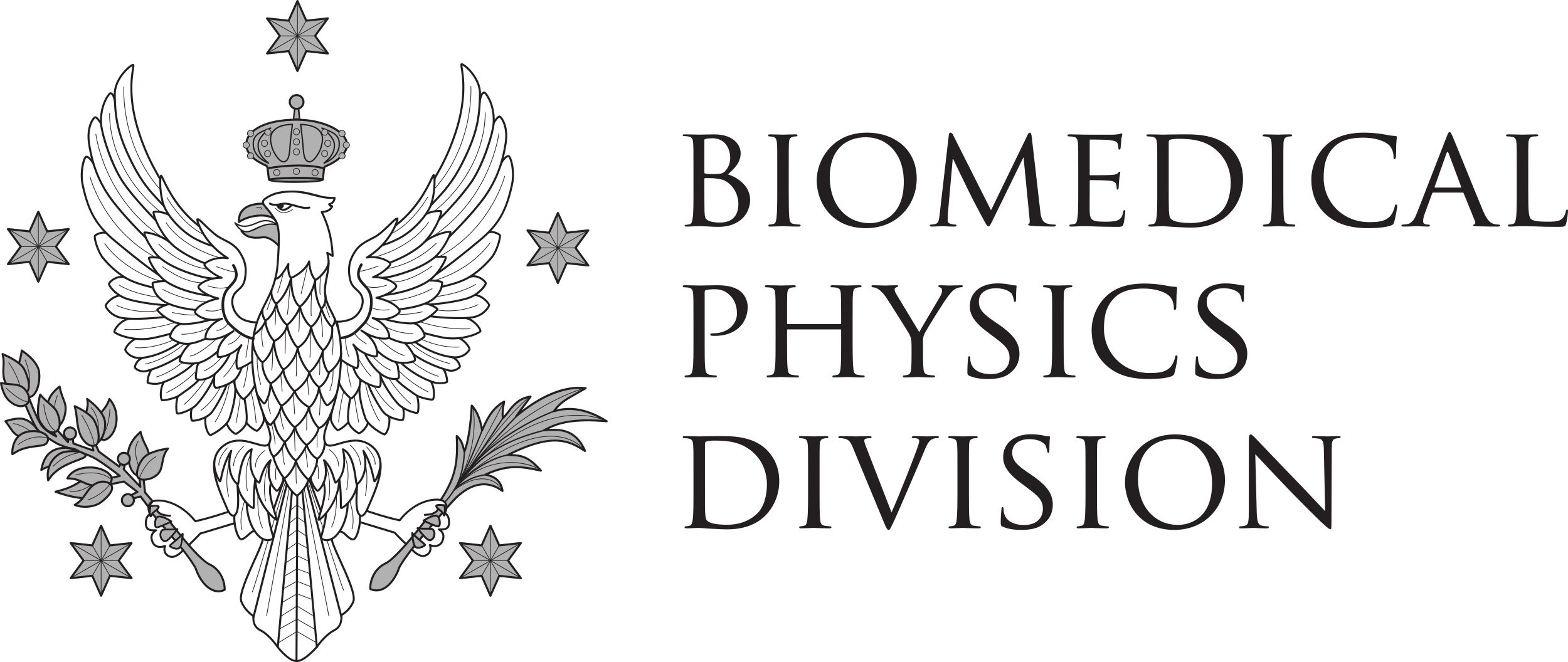- room 4.68, 5 Pasteur Street, Warsaw
Jarosław ŻYGIEREWICZ
PhD DSc, Neuroinformatics, prof. UW
He received the M. Sc. (1995) and PhD (2000) degrees in Medical Physics at the Warsaw University.
His research interests concern time-frequency analysis of EEG and MEG signals, especially event related power changes of those signals. He developed methodology for statistical analysis of event related synchronization and desynchronization in EEG and MEG. He is involved in designing brain computer interfaces, validation of psychological models of emotions and working memory. His research encompasses also realistic neuronal network models that provide insight into the mechanisms underlying the effects observed in EEG and MEG signals.
Currently he is an Associate Professor, at the Department of Biomedical Physics, Faculty of Physics, University of Warsaw.
Handbooks on biomedical signal processing


Check Support Material for over 40 original MATLAB Live Scripts illustrating the discussed techniques, suitable for self-learning or as a supplement to college courses
Covering the latest cutting-edge techniques in biomedical signal processing while presenting a coherent treatment of various signal processing methods and applications, this second edition of Practical Biomedical Signal Analysis Using MATLAB® also offers practical guidance on which procedures are appropriate for a given task and different types of data.
It begins by describing signal analysis techniques—including the newest and most advanced methods in the field—in an easy and accessible way, illustrating them with Live Script demos. MATLAB® routines are listed when available, and freely available software is discussed where appropriate. The book concludes by exploring the applications of the methods to a broad range of biomedical signals while highlighting common problems encountered in practice.
These chapters have been updated throughout and include new sections on multiple channel analysis and connectivity measures, phase-amplitude analysis, functional near-infrared spectroscopy, fMRI (BOLD) signals, wearable devices, multimodal signal analysis, and brain-computer interfaces.
By providing a unified overview of the field, this book explains how to integrate signal processing techniques in biomedical applications properly and explores how to avoid misinterpretations and pitfalls. It helps readers to choose the appropriate method as well as design their own methods. It will be an excellent guide for graduate students studying biomedical engineering and practicing researchers in the field of biomedical signal analysis.
Features:
- Fully updated throughout with new achievements, technologies, and methods and is supported with over 40 original MATLAB Live Scripts illustrating the discussed techniques, suitable for self-learning or as a supplement to college courses
- Provides a practical comparison of the advantages and disadvantages of different approaches in the context of various applications

